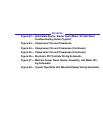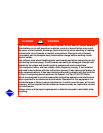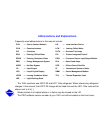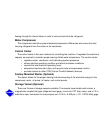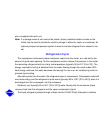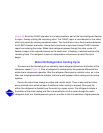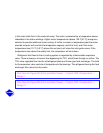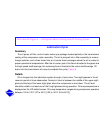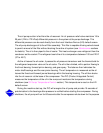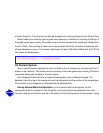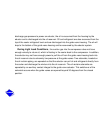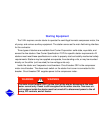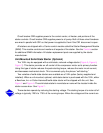
(Figure 3). Since the FLASC chamber is at a lower pressure, part of the liquid refrigerant flashes
to vapor, thereby cooling the remaining liquid. The FLASC vapor is recondensed on the tubes
which are cooled by entering condenser water. The liquid drains into a float chamber between
the FLASC chamber and cooler. Here a float valve forms a liquid seal to keep FLASC chamber
vapor from entering the cooler. When liquid refrigerant passes through the valve, some of it
flashes to vapor in the reduced pressure on the cooler side. In flashing, it removes heat from the
remaining liquid. The refrigerant is now at a temperature and pressure at which the cycle
began.
Motor/Oil Refrigeration Cooling Cycle
The motor and the lubricating oil are cooled by liquid refrigerant taken from the bottom of the
condenser vessel (Figure 3). Flow of refrigerant is maintained by the pressure differential that
exists due to compressor operation. After the refrigerant flows past an isolation valve, an in-line
filter, and a sight glass/moisture indicator, the flow is split between motor cooling and oil cooling
systems.
Flow to the motor flows through an orifice and into the motor. There is also another orifice
and a solenoid valve which will open if additional motor cooling is required. Once past the
orifice, the refrigerant is directed over the motor by a spray nozzle. The refrigerant collects in
the bottom of the motor casing and then is drained back into the cooler through the motor
refrigerant drain line. A back pressure valve or an orifice in this line maintains a higher pressure




